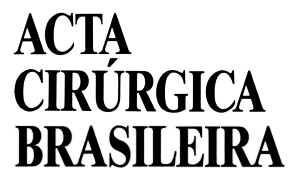OBJETIVO: Avaliar os efeitos analgésicos e neuroendócrinos da eletroanalgesia em cadelas encaminhadas para ovariossalpingohisterectomia. MÉTODOS: Foram avaliadas 18 cadelas, distribuídas aleatoriamente em três tratamentos de seis animais cada: aplicação de estímulo elétrico em pontos de acupuntura (EA), em dermátomos periincisionais (DER) e em pontos de acupuntura associados aos dermátomos periincisionais (EAD). Todos os animais foram tranquilizados com acepromazina (0,05mg kg-1, IV), seguindo-se a indução com propofol (4 a 5mg kg-1, IV) e manutenção anestésica com isofluorano. O grau de analgesia foi avaliado 1, 3, 6, 12 e 24 horas após a cirurgia mediante escala descritiva numérica. Animais com escores ≥6 receberam analgesia de resgate com morfina (0,5mg kg-1, IM). A concentração sérica de cortisol foi avaliada antes da tranquilização, 1, 12 e 24 horas após a cirurgia. RESULTADOS: Escores inferiores de dor foram observados nos tratamentos EA e EAD em relação ao DER na primeira hora pós-operatória. A analgesia de resgate foi menos requerida nos animais dos tratamentos EA e EAD. O cortisol não diferiu entre os tratamentos. CONCLUSÃO: A eletroestimulação de acupontos isolados ou associados aos dermátomos periincisionais reduz o requerimento pós-operatório de opioides, bem como confere efetiva analgesia para cadelas submetidas à ovariossalpingohisterectomia.
Eletroacupuntura, Analgesia; Ovario; Histerectomia; Salpingectomia; Cães




